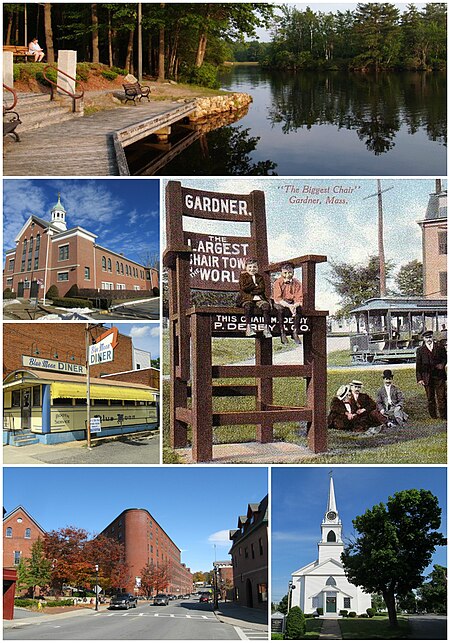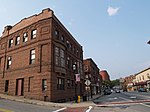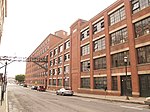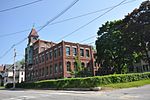Gardner, Massachusetts
1764 establishments in the Province of Massachusetts BayCities in MassachusettsCities in Worcester County, MassachusettsGardner, MassachusettsPopulated places established in 1764 ... and 1 more
Use mdy dates from July 2023

Gardner, officially the City of Gardner, is a city in Worcester County in the Commonwealth of Massachusetts, United States. The population was 21,287 in the 2020 census. Gardner is home of such sites as the Blue Moon Diner, Dunn State Park, Gardner Heritage State Park, and Mount Wachusett Community College.
Excerpt from the Wikipedia article Gardner, Massachusetts (License: CC BY-SA 3.0, Authors, Images).Gardner, Massachusetts
Nichols Street, Gardner
Geographical coordinates (GPS) Address Nearby Places Show on map
Geographical coordinates (GPS)
| Latitude | Longitude |
|---|---|
| N 42.575 ° | E -71.998611111111 ° |
Address
Nichols Street 45
01440 Gardner
Massachusetts, United States
Open on Google Maps











